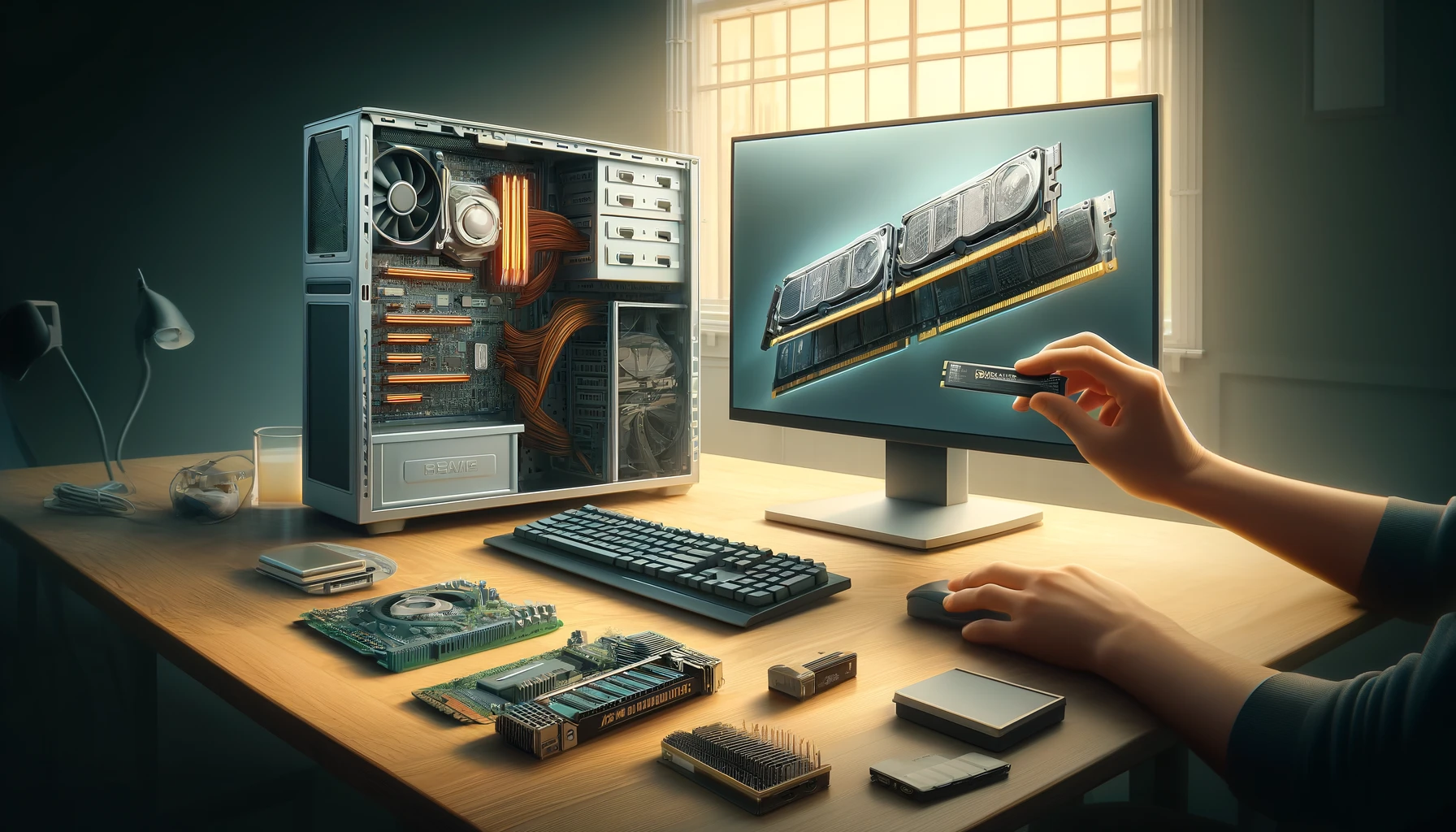Boost Your Computer’s Speed and Performance: A Comprehensive Guide
Introduction:
In today’s digital age, a slow computer can be a major hindrance, whether you’re working from home, gaming, or just browsing the internet. Fortunately, improving your computer’s speed and performance is not as daunting as it may seem. In this comprehensive guide, we’ll explore proven strategies and practical tips to enhance your computer’s functionality, ensuring a smoother and more efficient experience.

1. System Cleanup and Optimization:
- Remove Unnecessary Files: Regularly clean up your system to remove temporary files, system logs, and internet cache which can slow down your computer. Tools like CCleaner or the built-in Disk Cleanup utility on Windows can automate this process.
- Uninstall Unused Programs: Over time, you might accumulate programs that you no longer use. Uninstalling these can free up valuable system resources. Navigate to ‘Add or Remove Programs’ on Windows or ‘Applications’ on a Mac to get this done.
- Limit Startup Programs: Many applications are set to start automatically when your computer boots, which can significantly increase startup time. Use the Task Manager on Windows or System Preferences on a Mac to disable unnecessary startup applications.
2. Hardware Upgrades:
 Increase RAM: If your computer is slow when multitasking, adding more RAM can provide a significant boost.
Increase RAM: If your computer is slow when multitasking, adding more RAM can provide a significant boost.- Upgrade to SSD: Replacing a traditional hard drive with a solid-state drive (SSD) can dramatically improve boot times and the speed at which applications load.
- Consider External Solutions: External GPUs or additional external hard drives can also enhance performance, particularly for tasks like gaming or video editing.
3. Software and System Updates:
- Regular Updates: Keep your operating system and all installed software up to date. Developers regularly release updates that improve performance and patch security vulnerabilities.
- Optimize Power Settings: Adjust your computer’s power settings for better performance. Windows users can switch to the ‘High Performance’ power plan, while Mac users can adjust energy saver settings.
4. Virus and Malware Scans:
- Use Antivirus Software: Protect your computer from malware and viruses that can slow down your system. Regular scans using reputable antivirus software can prevent and remove these threats.
- Be Wary of Malware: Avoid downloading files or opening email attachments from unknown sources. Use web and email filters to protect your system.
5. Defragment Your Hard Drive:
- For HDD Users: If you’re using a traditional hard disk drive, defragmenting it can help organize the data more efficiently, thus improving access times and system speed. Note: Do not defragment if you have an SSD, as it’s unnecessary and can reduce the lifespan of the drive.
6. Adjust Visual Effects:
- Tweak for Performance: Windows and Mac OS offer various visual effects and animations that can be visually appealing but may slow down older systems. Adjust these settings for best performance especially if system speed is a priority over visual flair.
7. Networking Improvements:
- Update Drivers: Ensure your network drivers are up to date to improve internet speed and connectivity.
- Upgrade Your Router: If internet speed is a concern, consider upgrading to a newer router or investing in a mesh network system for larger spaces.
Video Guild: Improving Your PC Performance
To Sum Thing’s Up:
Improving your computer’s speed and performance can be as simple as performing regular maintenance or as involved as upgrading hardware. By following these tips, you can ensure that your computer runs efficiently and continues to serve your needs effectively. Remember, a little attention to your computer’s health can go a long way in enhancing its performance.
Call to Action:
Was this guide helpful? Share your experiences or any additional tips you may have in the comments below. Let’s keep our computers running at their best!

